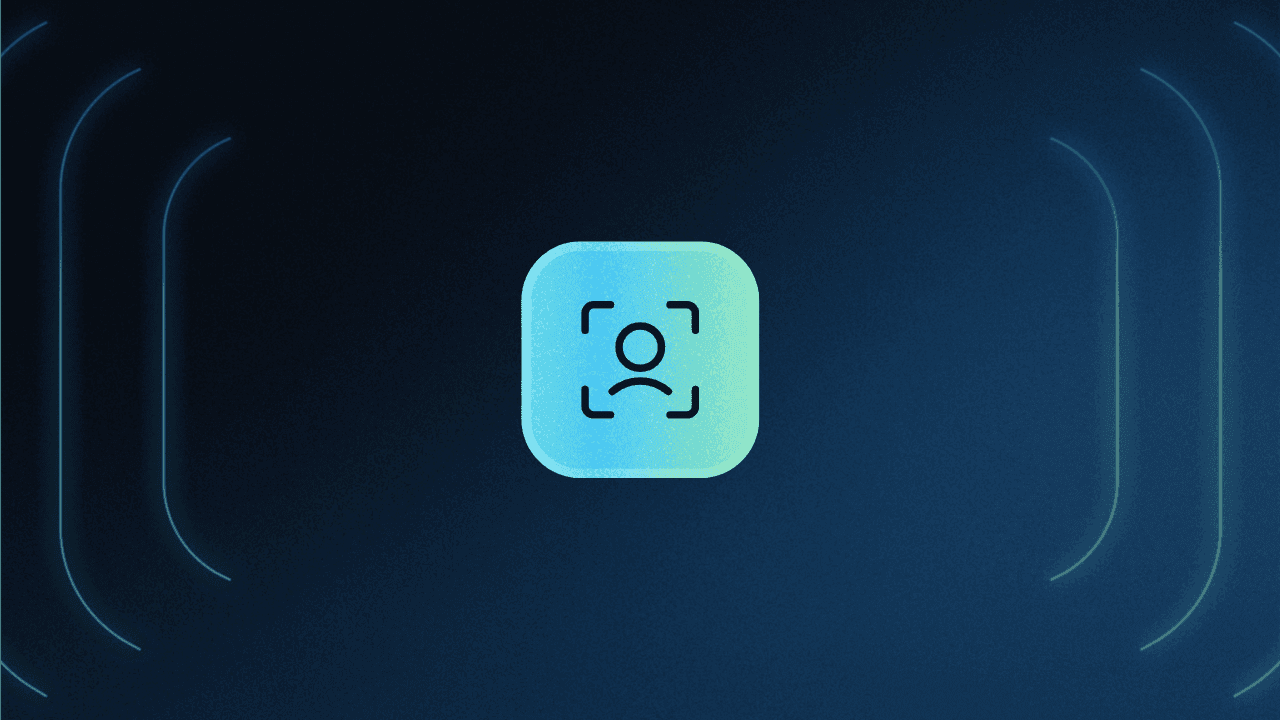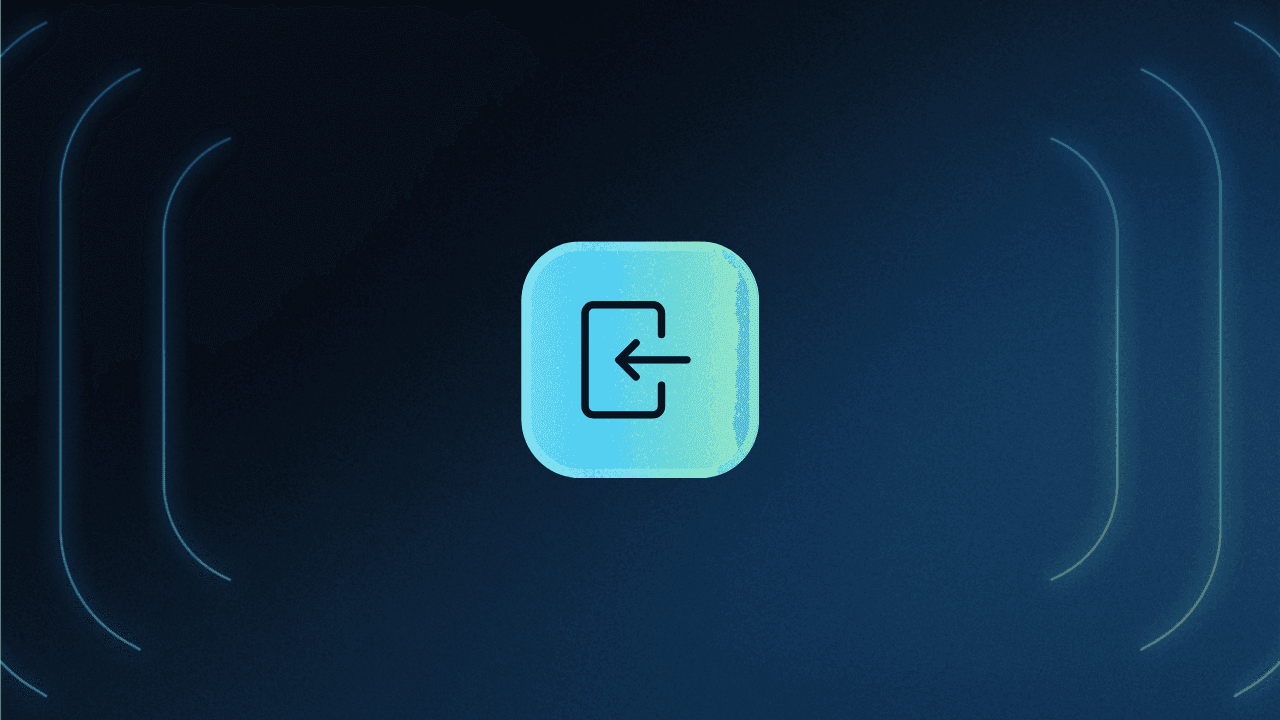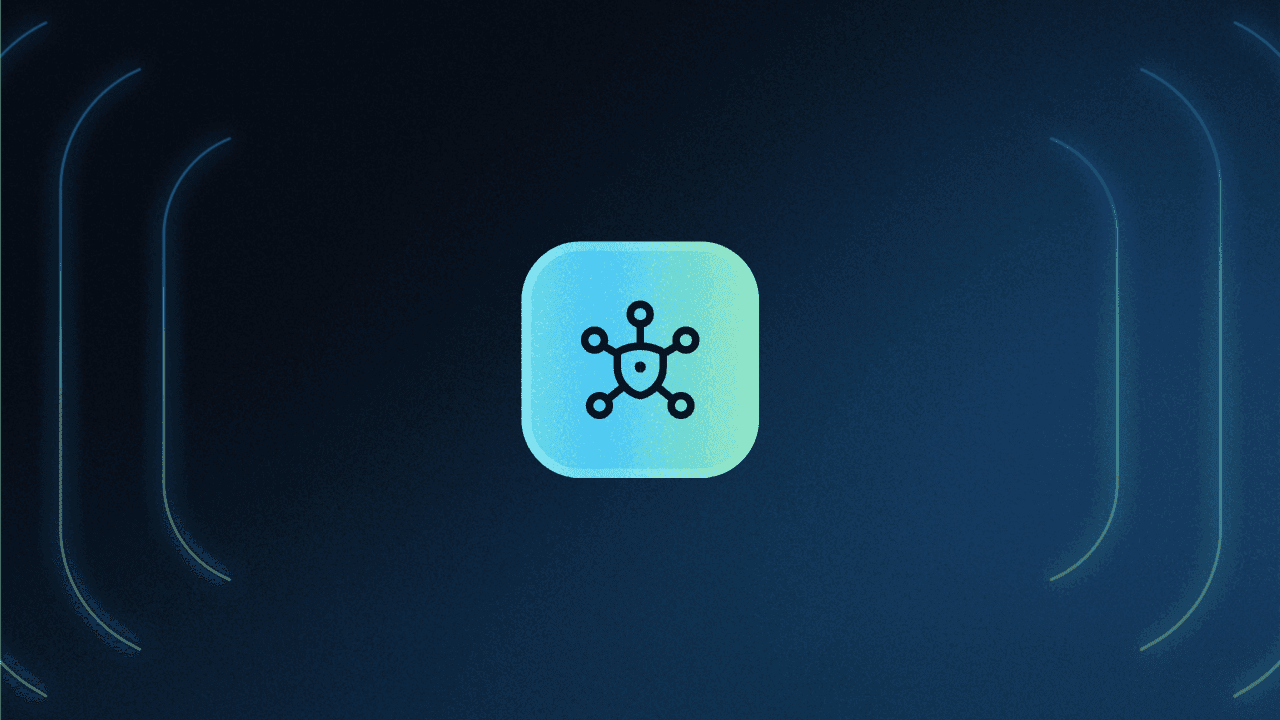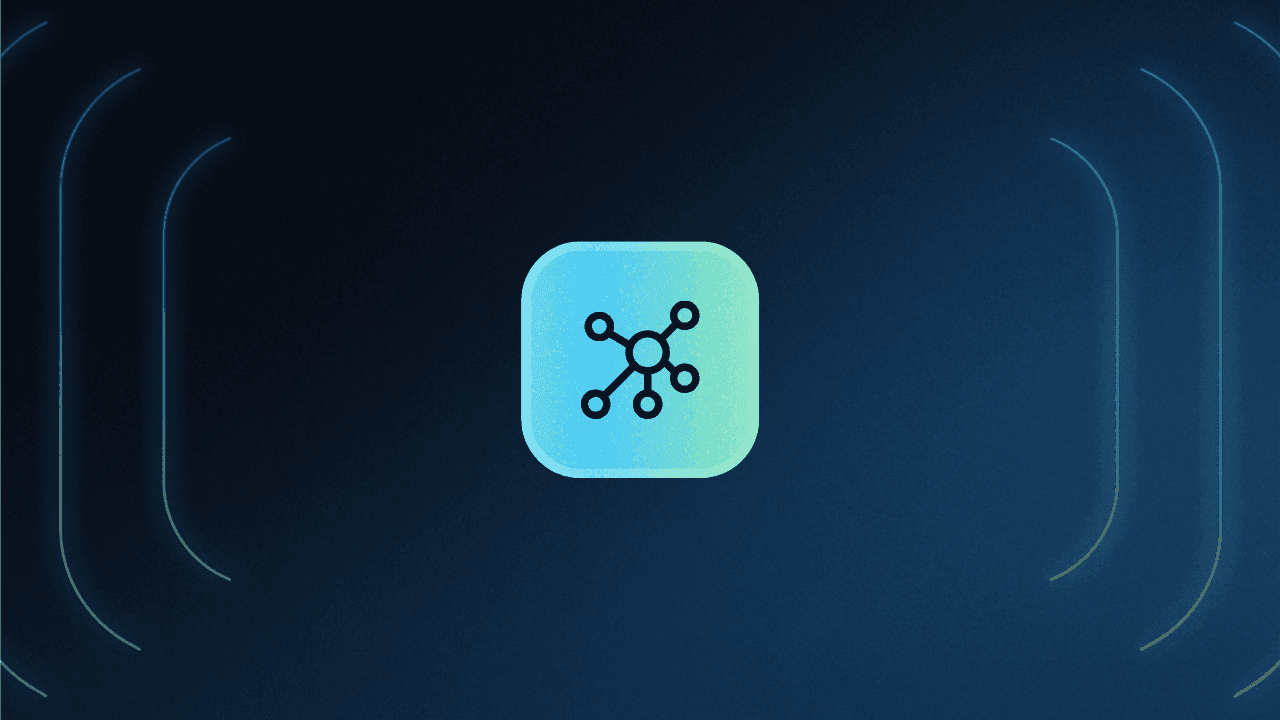Table of Contents
What is progressive profiling?
Many websites use submission forms to gather information on potential clients, aiming to convert viewers into buyers or subscribers. More recently, self-serve and product-led growth (PLG) companies have mechanisms for users to sign up for their service right from the website as well.
Despite modest average conversion rates (2%-5% per Mailchimp; 0.62%-4.20% per HubSpot), even a one percent increase through optimized signup or information collection forms can significantly impact overall conversions.
Progressive profiling is a strategic approach to achieve this, making prospects more likely to become long-term users and customers. Let's explore the details.
What is progressive profiling?
Progressive profiling is a nonintrusive approach to user data collection. It simplifies user onboarding by asking minimal information during account setup and leaving more detailed information collection for later in the user journey.
Users often don’t create accounts or complete other form submission tasks because they’re wary or just too busy. Making forms more accessible and less intrusive makes users more likely to submit more information in the long-term.
Form analysis experts reveal that approximately 68.32% of page viewers initiate forms, with 65.99% completing them. Encouraging your viewers to engage with and start forms significantly improves the chances of completion once they take the initial step. This means a form or signup screen that is short and simple at first glance has a high chance of being completed.
How progressive profiling works
Once a user creates an account, they’re gradually asked for more details. This enhances user benefits and provides businesses with improved segmentation and predictive insights.
For example, during first-time signup, a user might be prompted for just basic information like:
First and last name
Email address (for magic link or OTP authentication)
Then, in follow-up communications—either by pop-up within the app or website or via email—they may be asked for additional information, such as:
Phone number
Industry
Company name
Job title
Company location
Number of employees
These secondary prompts may happen at once, or they may be sequenced according to need.
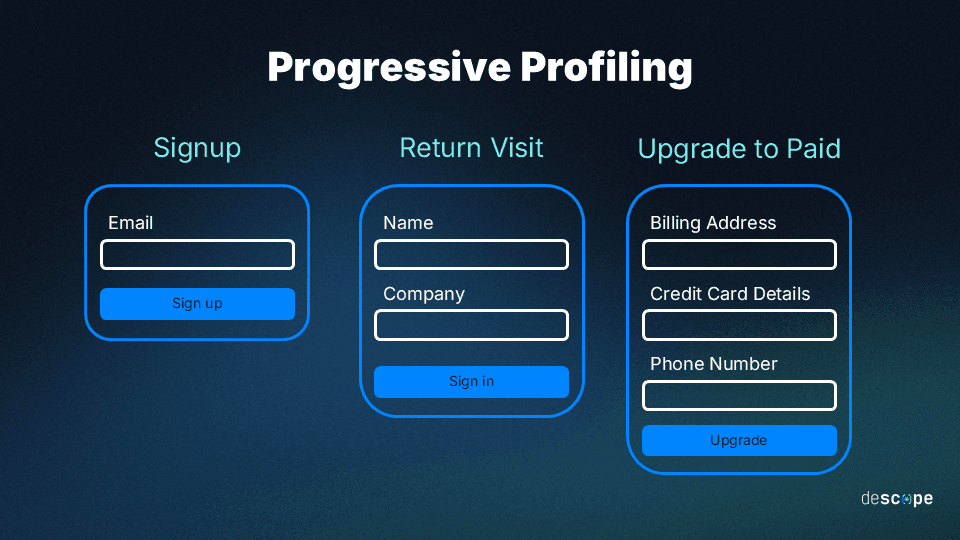
The specific mechanics used for progressive profiling will vary for every use case. However, some essential pillars are present in most deployments. These include but are not limited to the following:
User-initiated data collection
It’s critical that users willingly provide information about themselves from the initial interaction. Rather than being bombarded with forms when they enter the app or website, users may not receive requests to sign up or provide information until they trigger them with a specific action.
For example, users ideally should not be prompted for a “sign up or login” pop-up until they attempt to access a premium feature or gated content.
Dynamic form field displays
These displays respond to user-provided information and actions within your site or product, influencing the appearance of subsequent forms. Conditional logic determines whether and when a form pops up (i.e. at entry or a later point in the user journey).
Conditional logic also determines which specific forms are present and why.
For example, users on the free tier of a PLG product should be prompted for credit card and payment information if and only if they try to access a premium feature in the product.
Smart logic forms
Beyond baseline conditional logic, forms can be configured with “smart logic," tailoring form content to users’ preferences. As users input information piecemeal, it is analyzed against other data and metadata associated with the user, along with details from comparable user demographics (forms, third-party databases, and other sources).
The gradual accumulation of data allows for granular tailoring throughout the user’s journey, which creates better UX and segmentation for the organization.
Data integration and storage
Collected information seamlessly populates into connected CRM platforms, allowing for scheduled outreach and analytics. Depending on the user relationship, information about preferred contact methods can also be collected and integrated automatically.
Critically, data is also safeguarded in compliance with applicable regulations. Required data privacy notices can be sent out in the event of a change in data use or a breach. User-facing dashboards can be configured to allow for changes in consent or other requests.
Automation
Processes for generating form requests, quality control, filing data, and acting on it can be configured to run in the background. By analyzing form filling and navigation statistics, you can determine the most opportune times to prompt users for information, then run a script that triggers according to those conditions.
All these mechanics either run on or are improved by automated workflows, increasing productivity and personalization.
Advantages of progressive profiling
Progressive profiling improves customer acquisition and retention by building brand trust and confidence before users disclose lots of information. This leads to superior user experience and time savings for all parties involved.
Getting leads into and out of your form quicker is the best way to fill forms. Then, follow-up questions allow you to nurture those leads and convert them into adopters and customers.
Why form completion time matters
Across industries, the average time to complete forms (02:37) exceeds that of abandoned forms (01:43). This ratio varies in different sectors, emphasizing the importance of swift interactions, particularly in B2B and software development tasks.
However, this ratio is heavily impacted by high-leverage use cases like government, property, and legal services, where the completion times are generally double, triple, or quadruple the abandonment times.
By contrast, the ratio is inverted in software, the most relevant industry for B2B, SaaS, and related development tasks. The median completion time is 01:22, but abandonment takes 08:30. This speaks to failed user attempts at completing the form before dropoff (e.g. failed password login attempts).
Efficient form-filling accelerates lead conversion, with follow-up questions used to nurture leads.
Why user interest in form filling matters
Another easy-to-overlook benefit of progressive profiling is its impact on users’ emotional connection to a brand or product. When users are prompted to provide personal information upfront, they may do so begrudgingly—or choose not to do it at all.
But when users are given the time and space to familiarize themselves with your website or app before providing their personal information, they are more likely to be comfortable doing so.
Trusting users fill out forms because they believe providing more information will help them get more out of your product. It also means the information you’re getting is more likely to be accurate, which makes personalization and segmentation more effective.
To summarize:
Get users in the door.
Gain their trust and show the value of your product or service.
Ask them for more information.
Tips to implement progressive profiling
Progressive profiling begins and ends with UI design. Regardless of your specific platform(s), the first step is to reduce the user burden.
Consider eliminating the requirement that users sign up for an account to view content. For example, visitors might be able to view a limited scope of content before they are required to make an account (e.g., the New York Times’ daily article limit).
If an account is necessary, reduce the information needed to generate one. You might enable account creation with just an email address (authenticating the users via OTP or magic link). Then, consider what information you need and at what points in a user’s journey it becomes critical.
If something like the user’s industry or field is essential early on to get them oriented to your product, ask for it shortly after account creation.
If other factors (like their location or number of employees) are relevant at later stages of the sales funnel, delay prompting for them. Send a follow-up email or configure a pop-up that occurs after the user reaches a certain milestone or stumbles on a particular piece of content.
Progressive profiling should work closely with your authentication and identity management system, whether it’s built in-house or delivered through a third-party vendor. A dynamic progressive profiling system integrated into users’ login experience further enhances trust and seamless UX when interacting with your app or website.
Drag-and-drop progressive profiling with Descope
The easier progressive profiling seems to the end user, the trickier it is to implement in the backend. Robust progressive profiling needs lots of tweaking and experimentation as well as ironclad process logic on “when” to ask “what” from the end user.
Descope is a drag-and-drop customer authentication and identity management platform. Our no / low code workflows help customers easily add signup, login, MFA, and any other user journey touchpoint to their apps. Progressive profiling can be enabled by simply creating user-facing screens with the desired questions and “dropping them” into the auth workflow.
Sign up for a Free Forever Descope account to see progressive profiling in action (we use it right here on our website signup)! If you have questions, schedule time with our team of auth experts.
